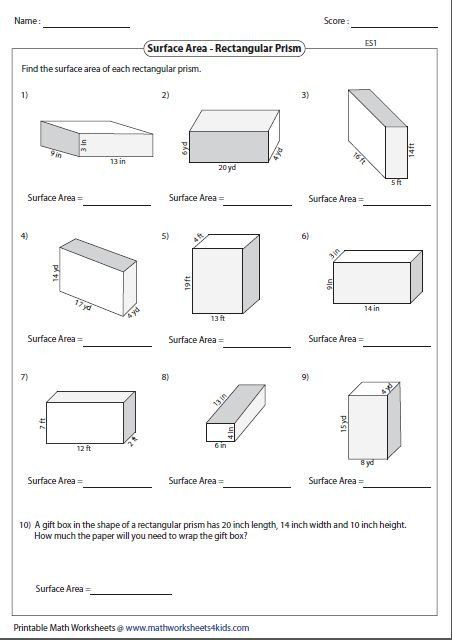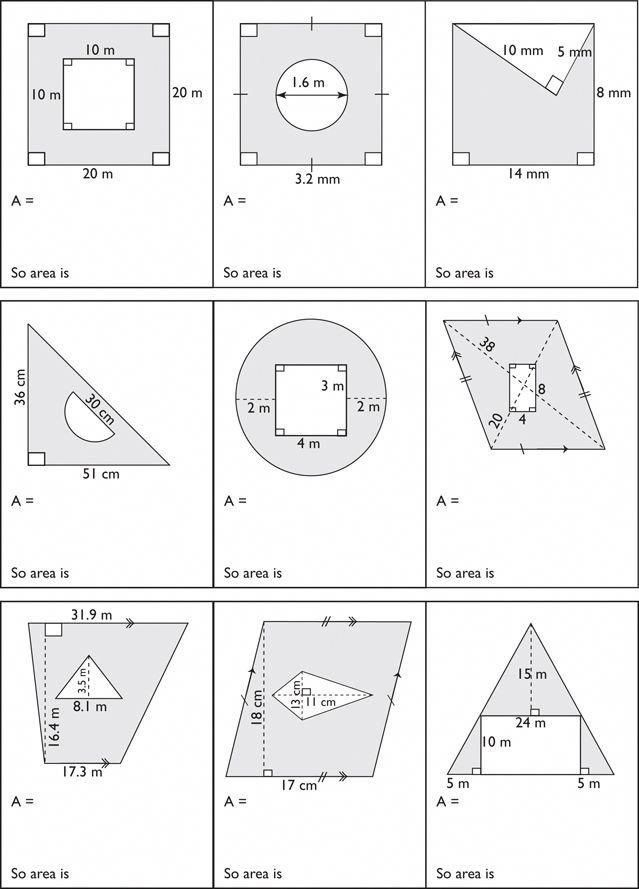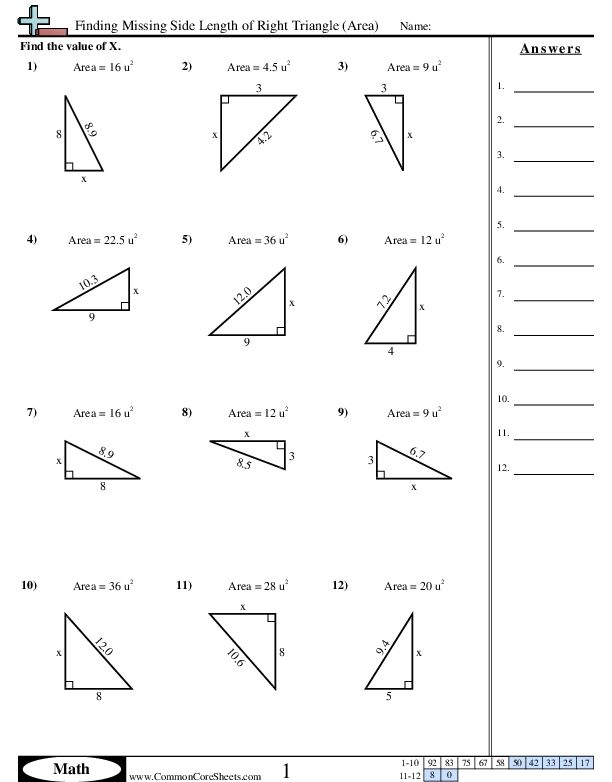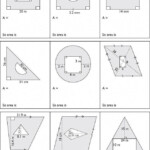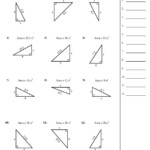Area And Perimeter Of A Triangle Super Teacher Worksheets – Triangles are one of the most fundamental patterns in geometry. Understanding triangles is crucial for learning more advanced geometric concepts. In this blog post We will review the different types of triangles with triangle angles. We will also discuss how to determine the dimensions and the perimeter of a triangle, and show details of the various.
Types of Triangles
There are three kinds of triangles: equal isosceles, and scalene.
- Equilateral triangles comprise three equal sides as well as three equal angles of 60 degrees.
- Isosceles triangles have two equally-sized sides and two angles.
- Scalene triangles possess three different sides, and three different angles.
Examples of each type of triangle will be offered.
Triangle Angles
There are three angles in three triangles: acute, right, and obtuse.
- An acute angle is less than 90 degrees.
- Right angles are 90 degrees.
- Obtuse angles have a greater angle than 90 degrees.
An example of each angle will be shown.
Perimeter of Triangles
The perimeter of any triangle is the sum that of the dimensions of its angles. To calculate it’s perimeter triangular, you must add the lengths of the three sides. The formula for calculating the perimeter of an arc is:
Perimeter = Side A + Side B + Side C
A few examples of how to determine the perimeter of triangles will be demonstrated using various varieties of triangles.
Area of Triangles
The area of a triangle is the amount of space that is contained within the triangle. To calculate the area of a triangle you must know about the dimensions of its base and the size of the triangle. The formula for calculating the dimensions of a triangular area is as follows:
Area = (Base x Height) / 2
A few examples of how to calculate the area of an individual triangle will be demonstrated with different kinds of triangles.
Conclusion
Understanding the importance of triangles is a crucial aspect of learning about geometry. Understanding the different types of triangles, triangle angles, as well as how to determine the length and width of a triangle will allow you to tackle more difficult geometric problems. By using our extensive triangle worksheets, it is possible to enhance your knowledge of these fundamental notions and advance your geometric ability to the next level.
